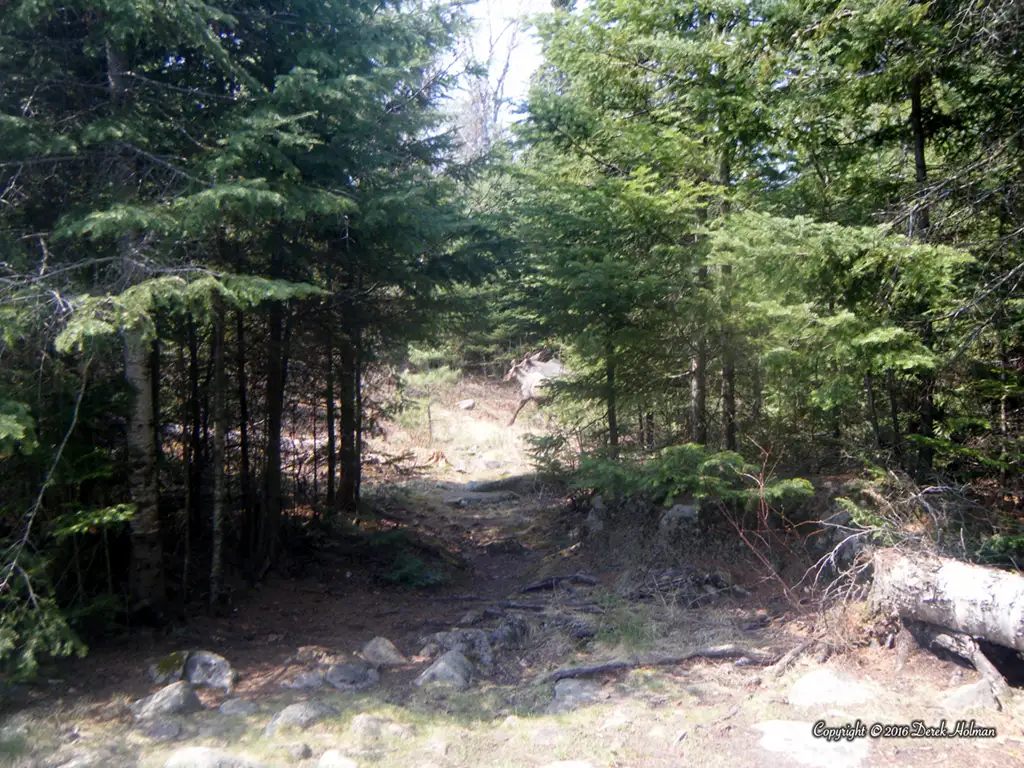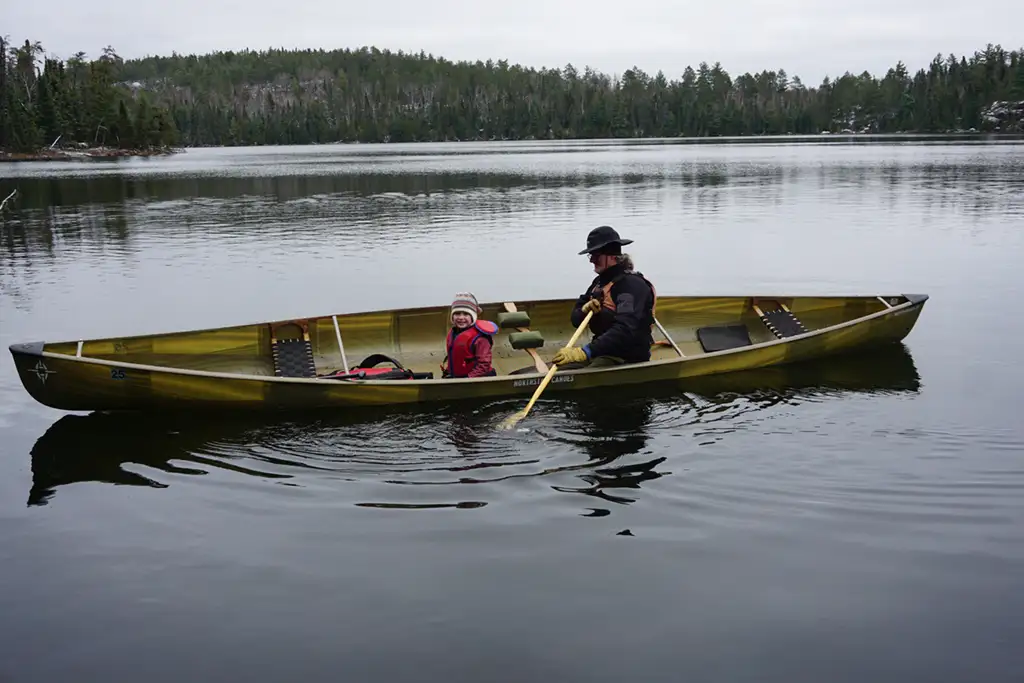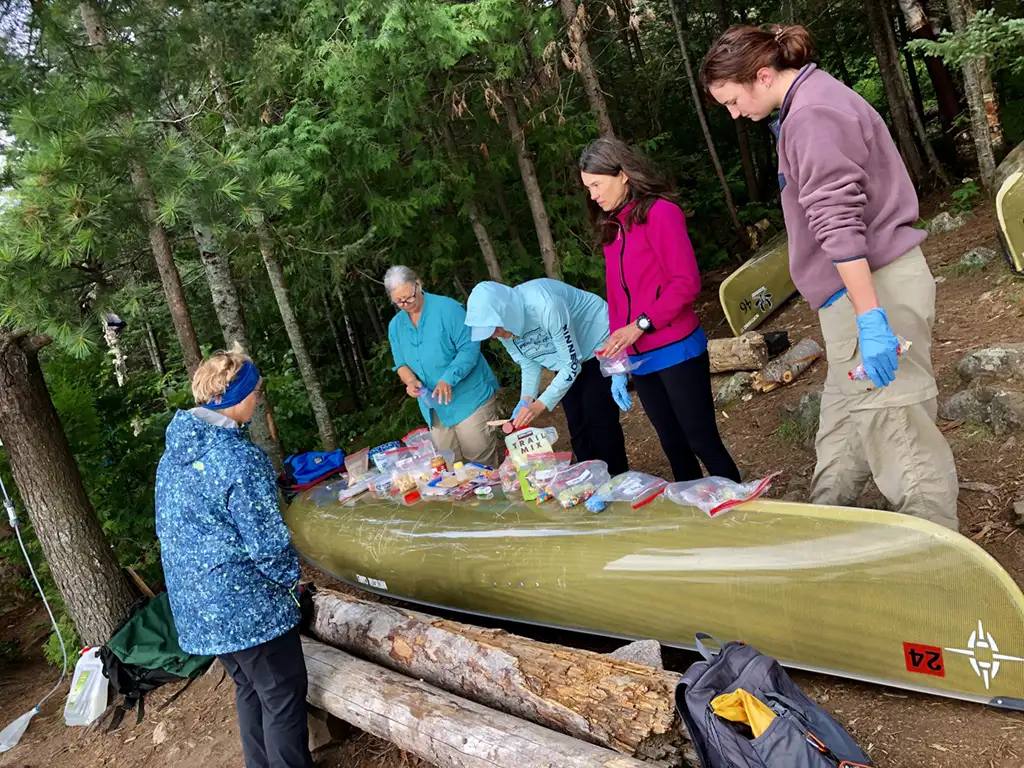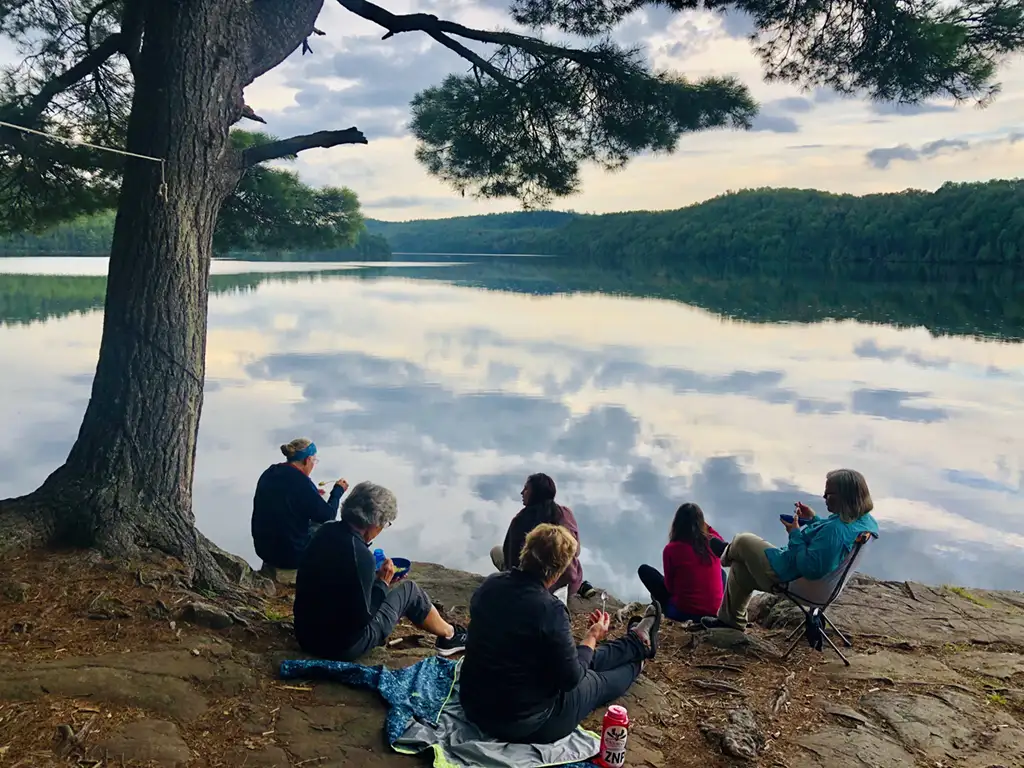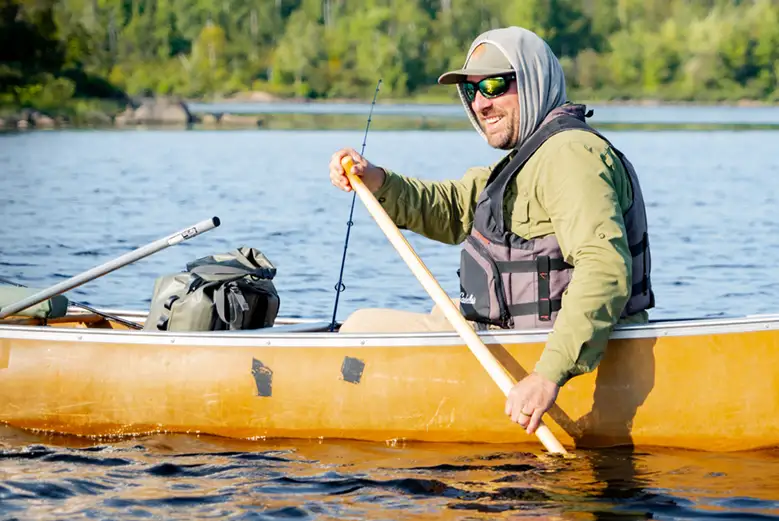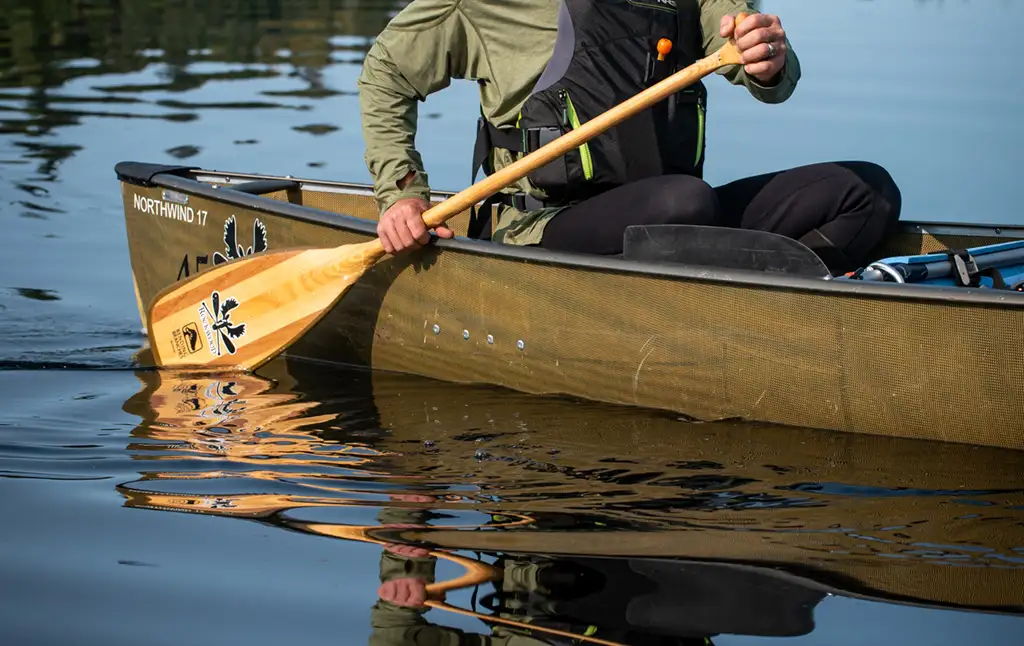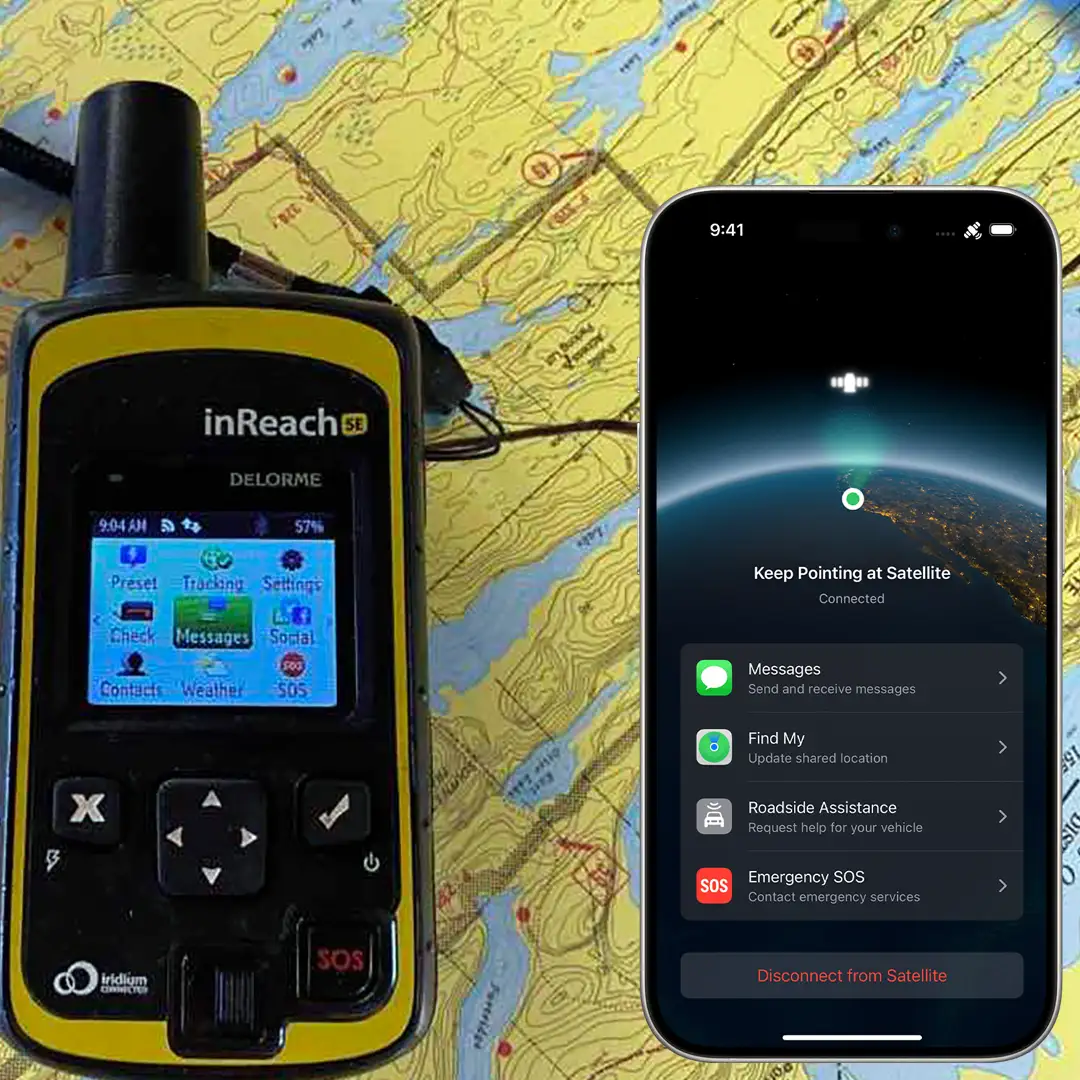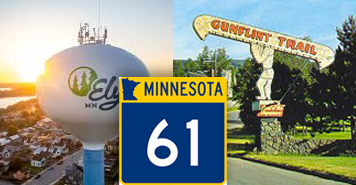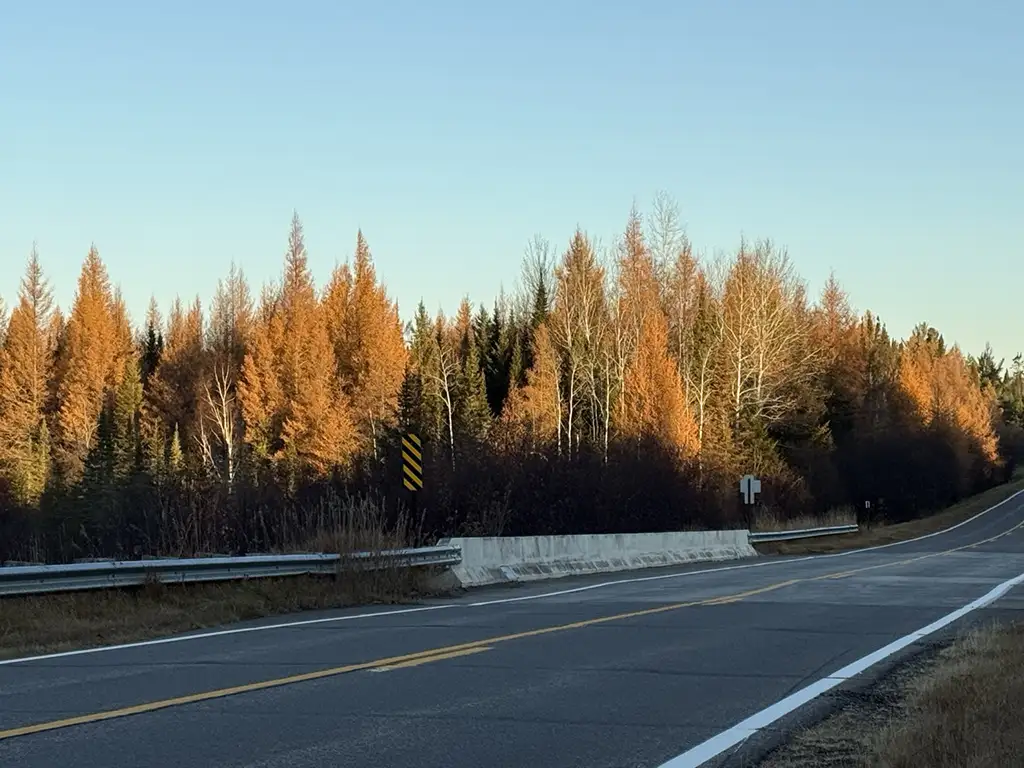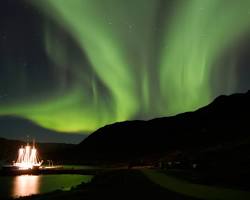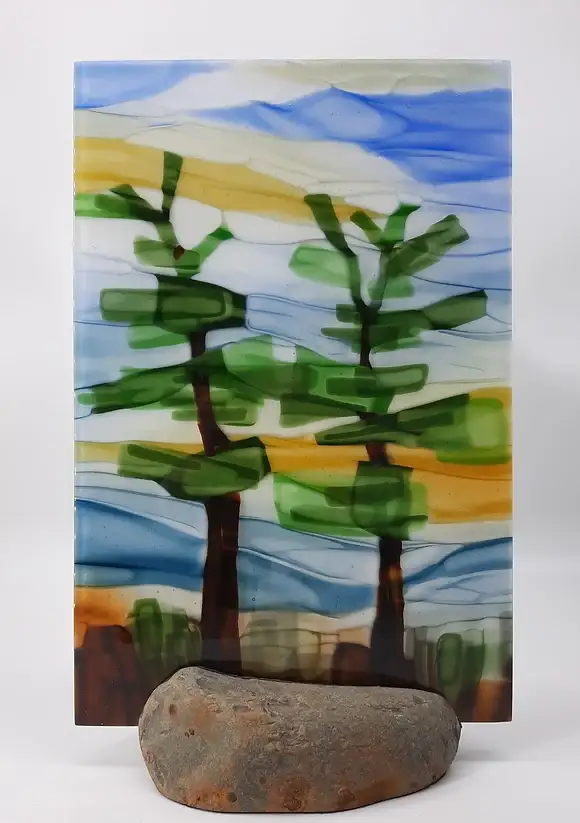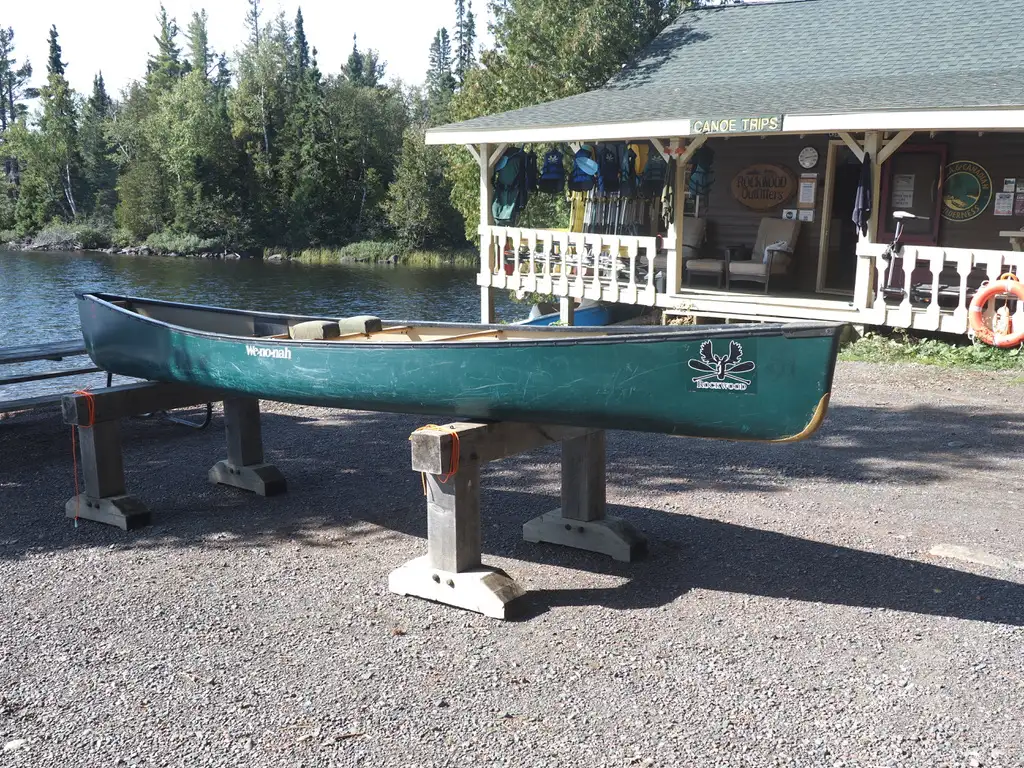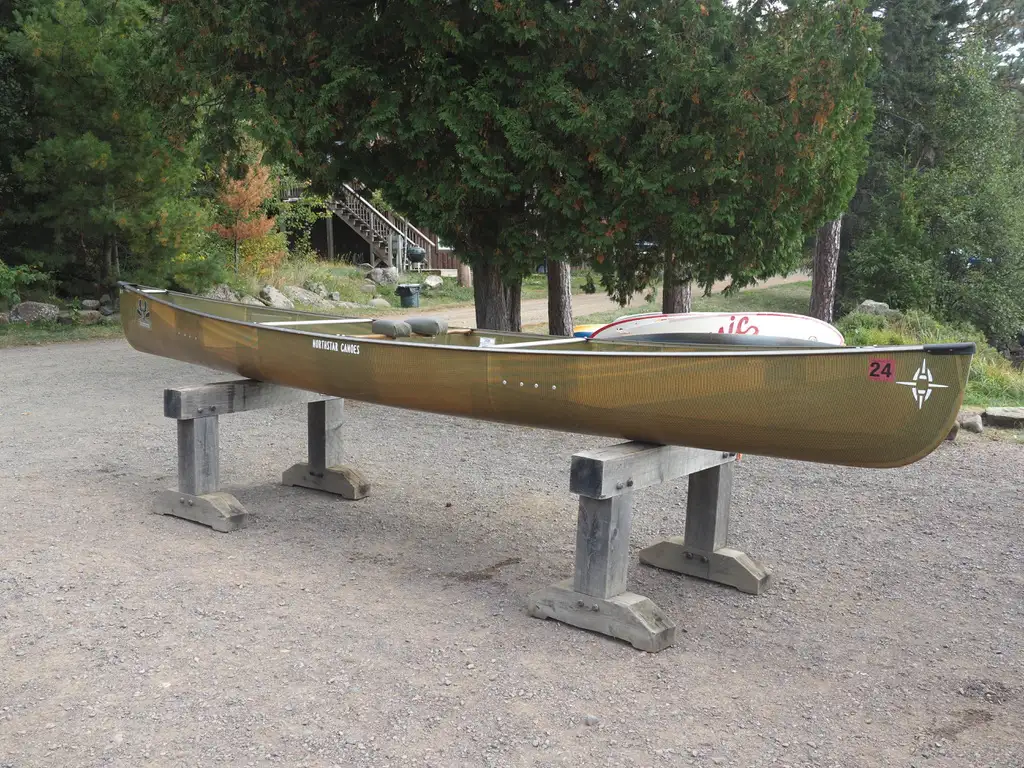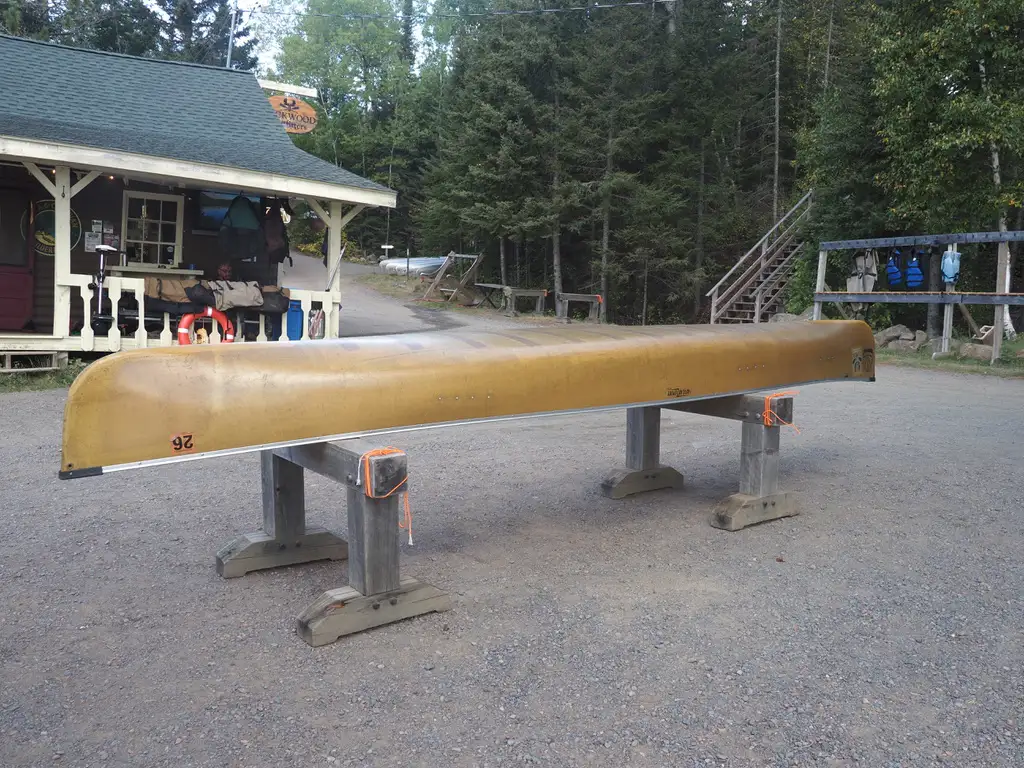BWCAW for Beginners: Conquering Your First Canoe Trip With Confidence
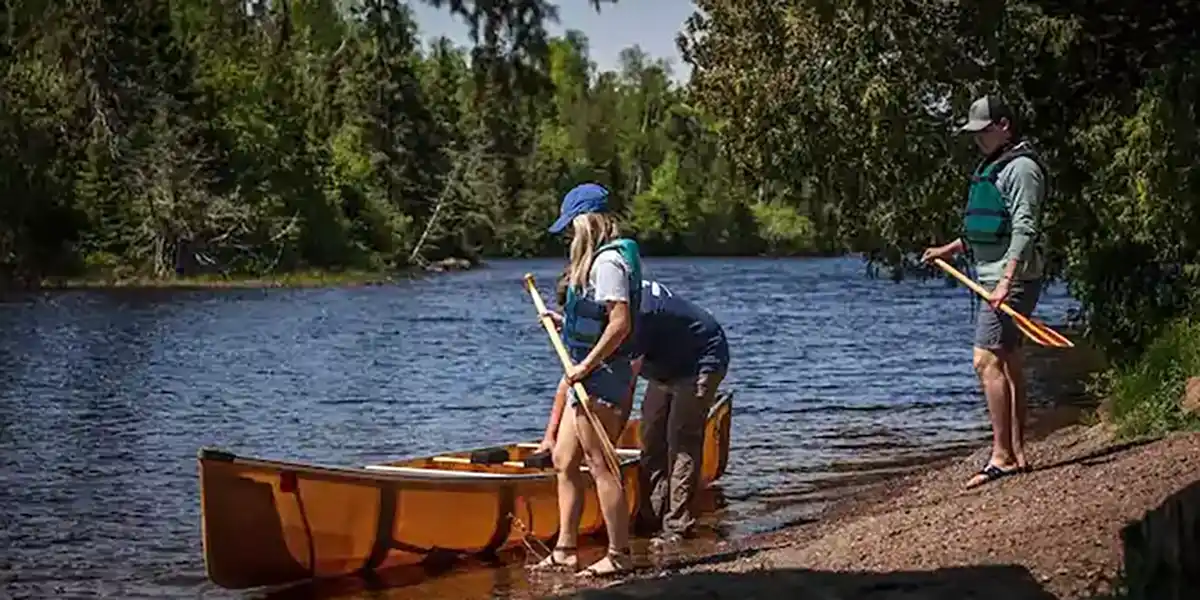
—
Beginners – we all were once
In 2022, more than 150,000 people entered the Boundary Waters Canoe Area Wilderness (BWCAW) as beginners, according to the Superior National Forest (SNF) officials.
All those folks have vivid memories of their first wilderness visit, years ago or in 2022. They have memories of who they were with, where they entered, and all the experiences that make a multiple-day trip in the wilderness rewarding.
If you’ve not been yet, we hope the coming year will be your first trip into the wonder-filled world of the BWCAW. With a little bit of planning and working with a good outfitter, you can make this first BWCAW canoe trip with the confidence of a veteran.
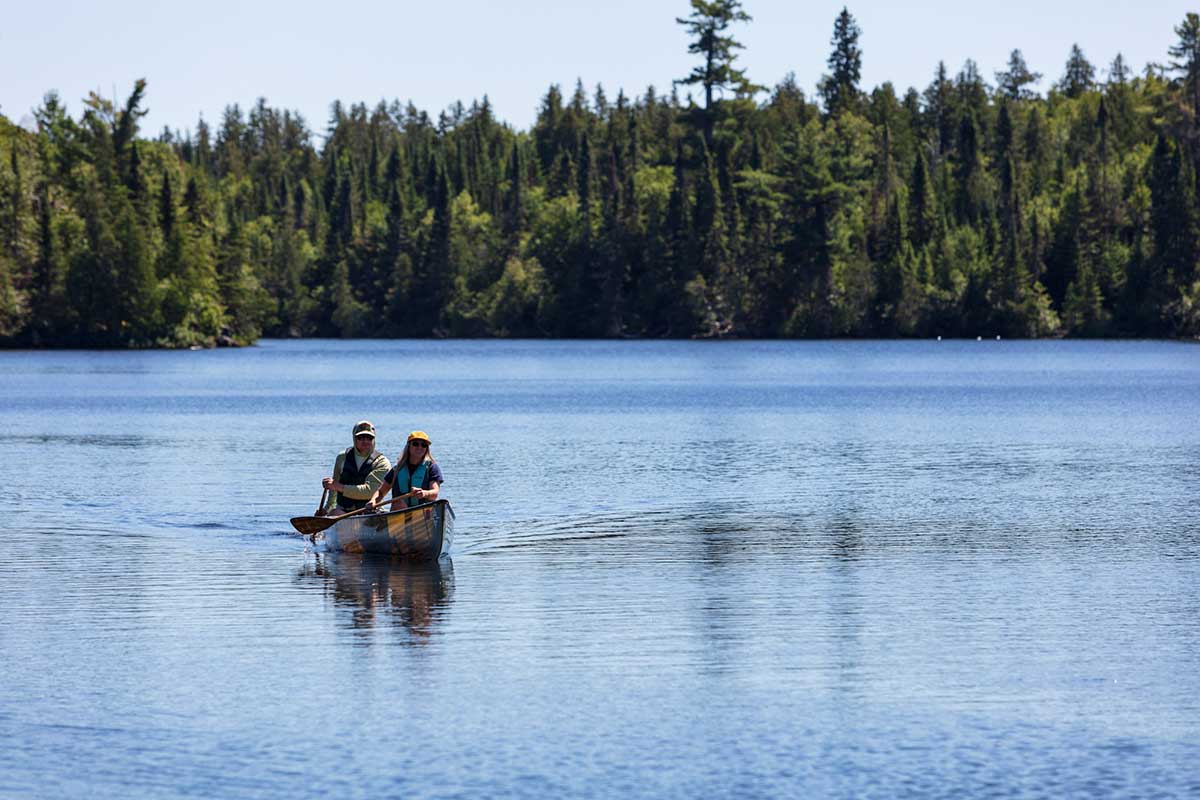
The BWCAW is a federally protected wilderness area. There is limited road and motorboat access. It boasts of 2,000 remote campsites and 1,200 miles of canoe routes. It is home to wolves, lynx, bobcats, moose, deer, and beavers. Add in the airspace restrictions that keep any aircraft at a high altitude, and you’ll find on your first trip the quiet and tranquility to take the stress of everyday life away.
Wilderness travel can be challenging, but with the proper practice and planning, you can confidently enter the BWCAW.
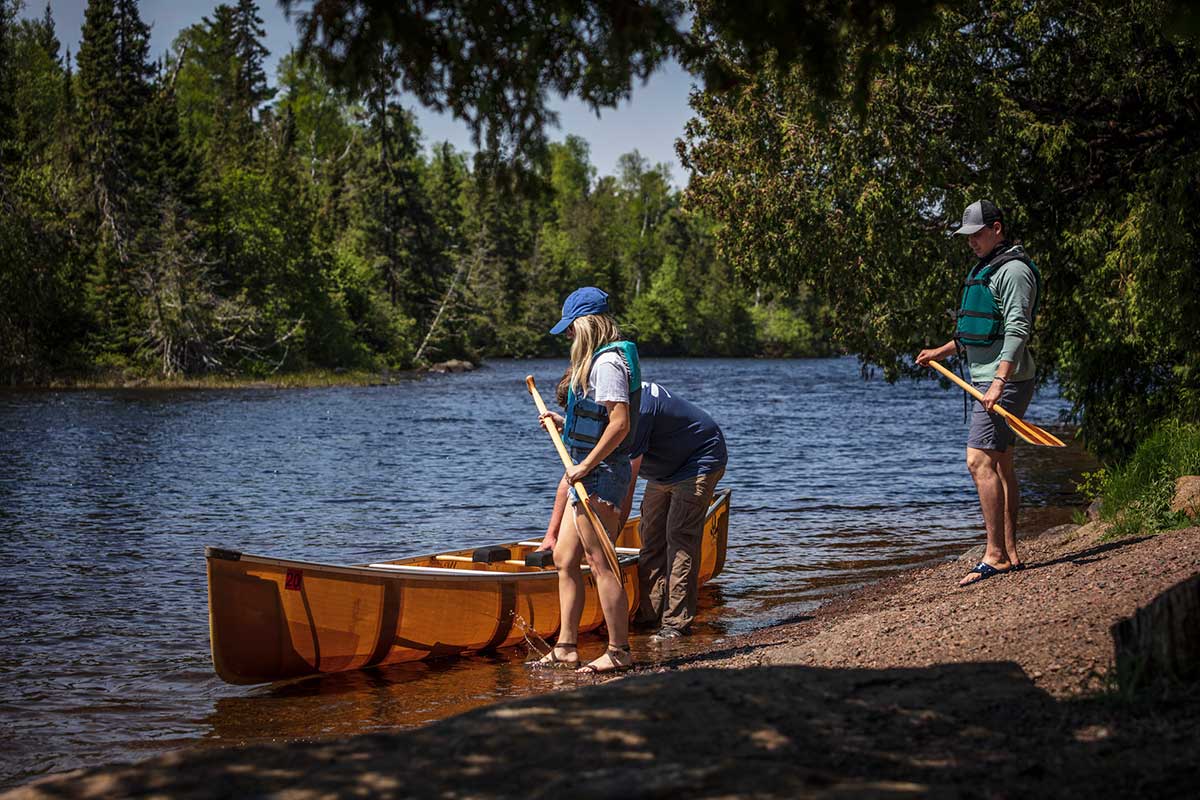
You and your entire party can be first-timers if you prepare and plan well. Unsure? Hire a guide or invite an experienced friend or two to join your party.
So, let’s look at a few things to give you the confidence to make a first-time trip.
Tips for Beginners
If you’ve never been camping, spend a few nights in a tent to get familiar with all the equipment you’ll have on your canoe trip. Whether you do it in your backyard, a state campground, or a USFS campground near your BWCAW entry point a night or two before your entry date. You’ll lose some of those first night at the campsite jitters.
How about paddling a canoe? If you’re a beginner, it’s worth taking the time to build some skills. Go online to learn some safety tips. Get on the water, learn the paddling strokes, and practice in different conditions. You’ll want to experience a canoe in the stern and the bow.
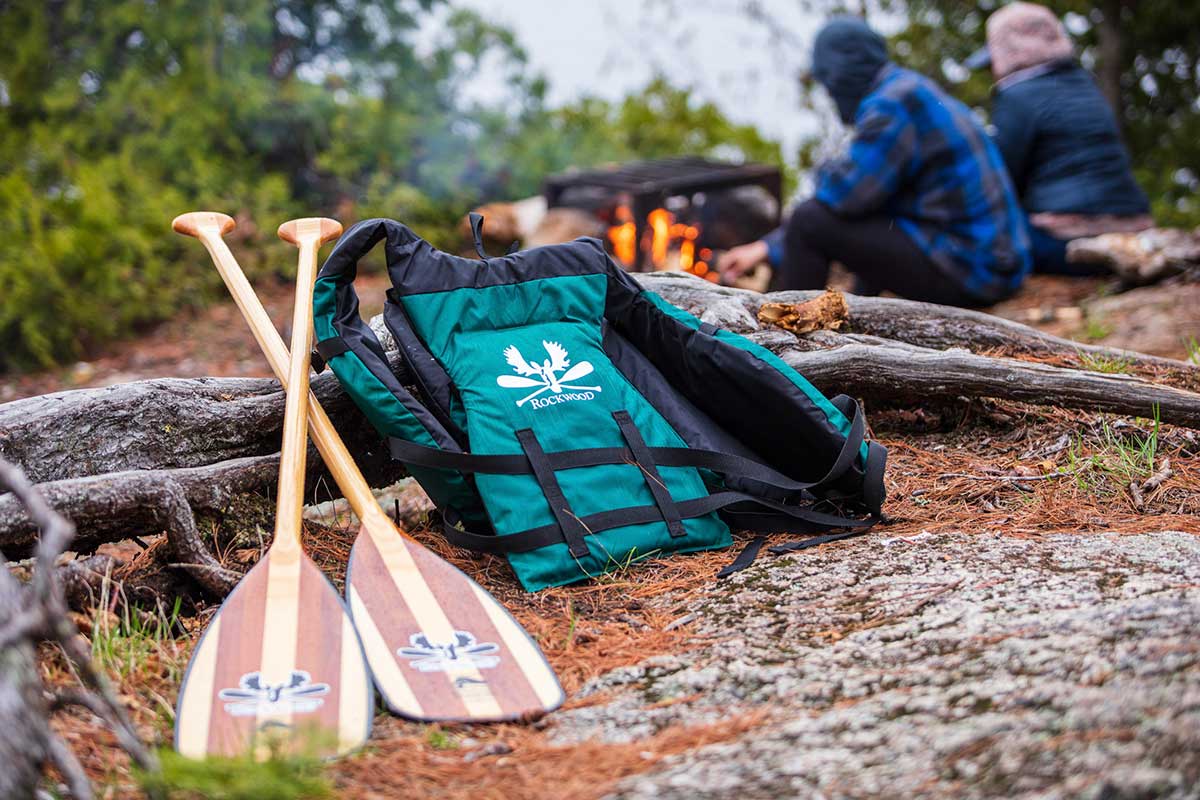
Find out and practice what to do when the canoe tips. Learn how to stay with the canoe and get safely to shore. Wear your flotation device (PFC). Practice entering and exiting the canoe without scraping on the shore—finally, experience handling the canoe on land. You’ll do that during your portages and when you get ashore for the night.
While you are in the BWCAW, DON’T TAKE RISKS. Stay put if your gut tells you to stay put on a rainy, windy day. Ensure you carry a proper first-aid kit, an adequate food supply, and a way to purify the water you need. And stick to your planned route so that someone can find you in an emergency.
Cell phone service could be better in the BWCAW, but most outfitters can provide you with a satellite communication device if needed or wanted. A few days or a week without a handheld cell phone will undoubtedly help you relax.
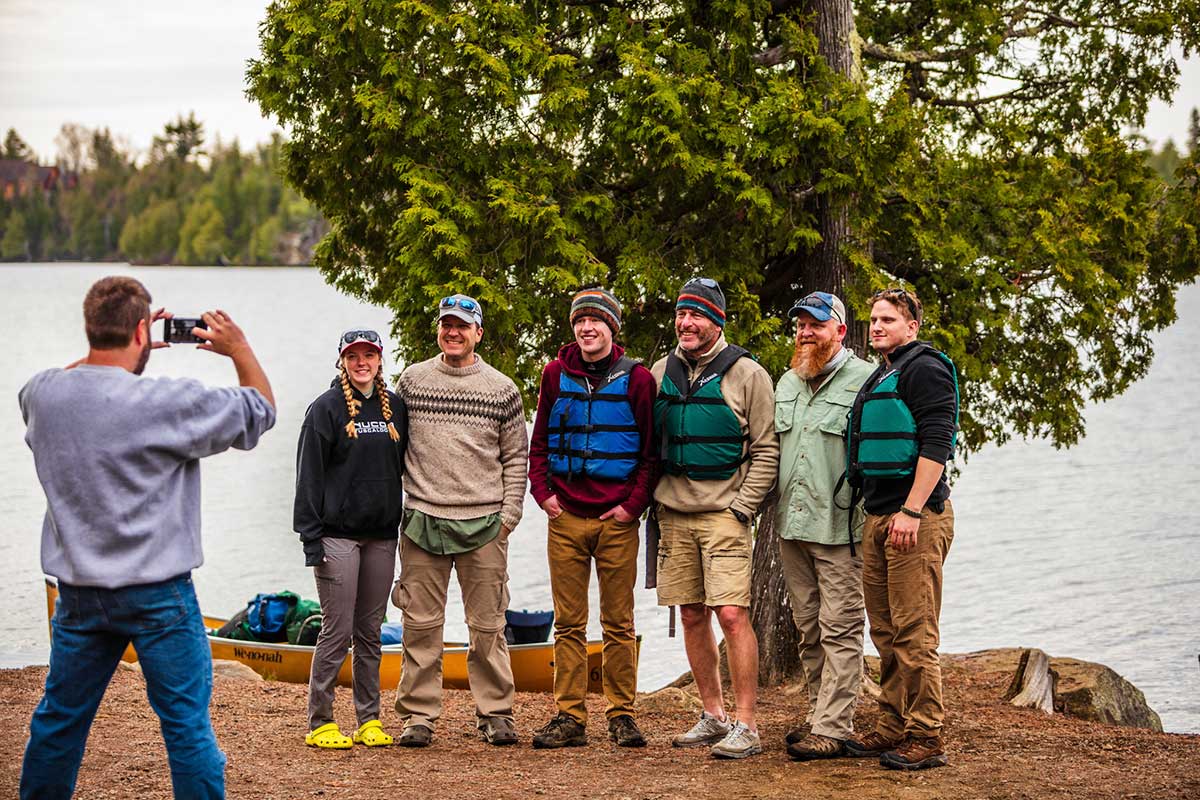
Finally, find yourself a quality outfitter like Rockwood to give you the confidence to make your first BWCAW trip next year. There are dozens of quality outfitters around our wilderness area, and you can find them on this website.
These outfitters provide everything from a canoe and paddles to tents and sleeping bags. They can provide you with all the food and gear you’ll need. Nothing inspires confidence like knowing these professionals, who have spent many days in the BWCAW, ensure you have what you need for a safe and awe-inspiring canoe trip.
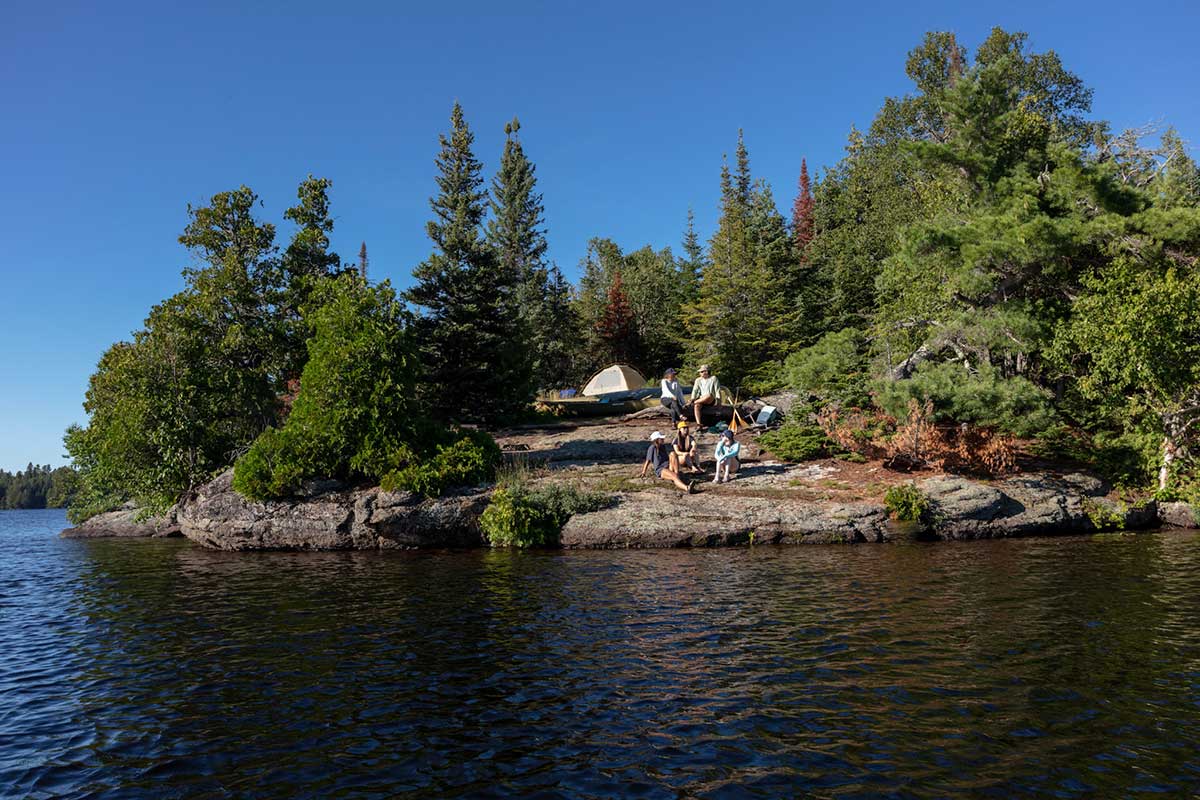
To cap it off, as you make your first canoe trip, heed the sentiment on the Save The Boundary Waters website, “One of the absolute most important things to remember when visiting the Boundary Waters is to Leave No Trace! This means leaving the Wilderness better than you found it. Carry out all your trash–do not leave it for others to take care of. Use the designated latrines (pit toilets)–don’t go to the bathroom in or near the water…Make sure your fires are 100% extinguished and cool to touch before leaving camp.”

